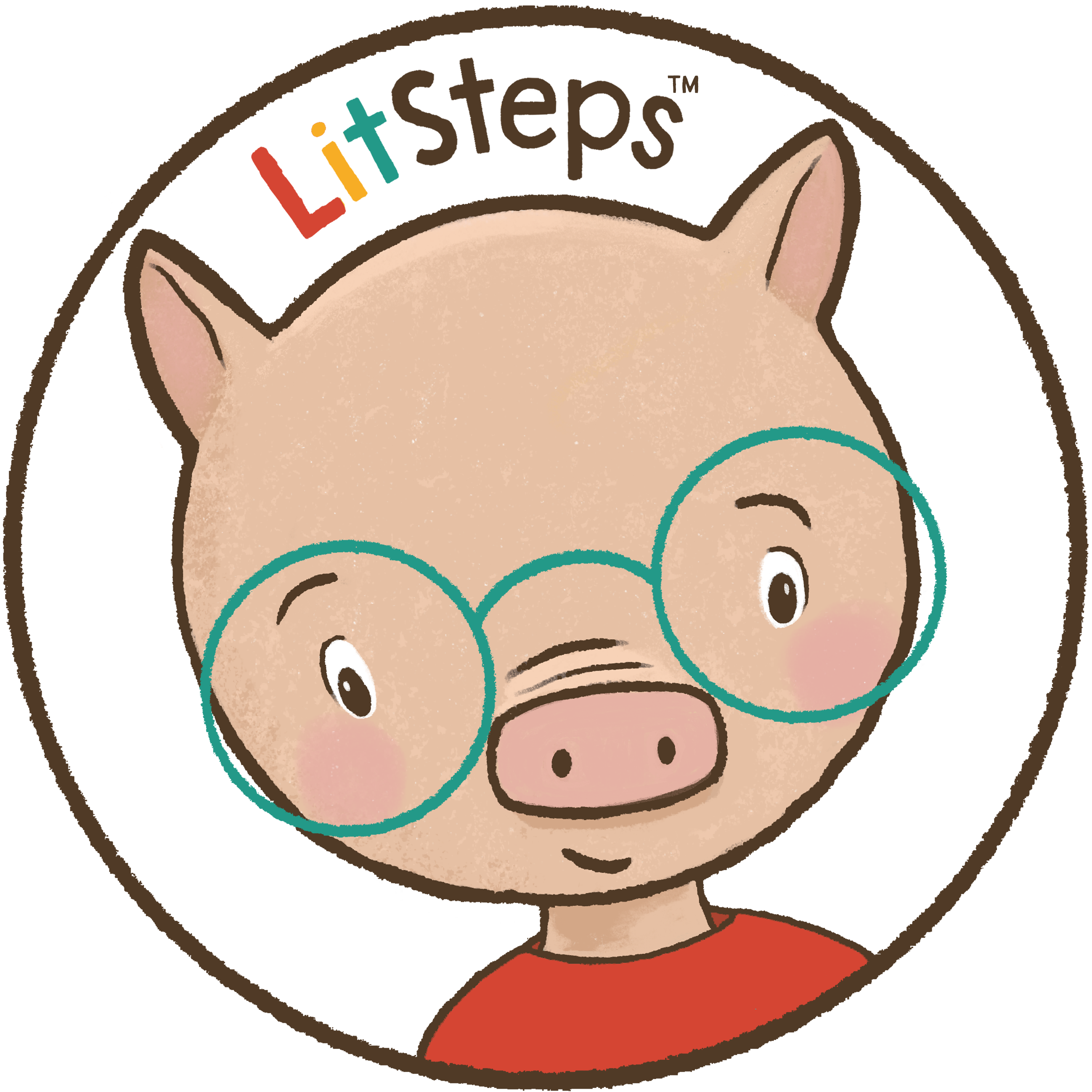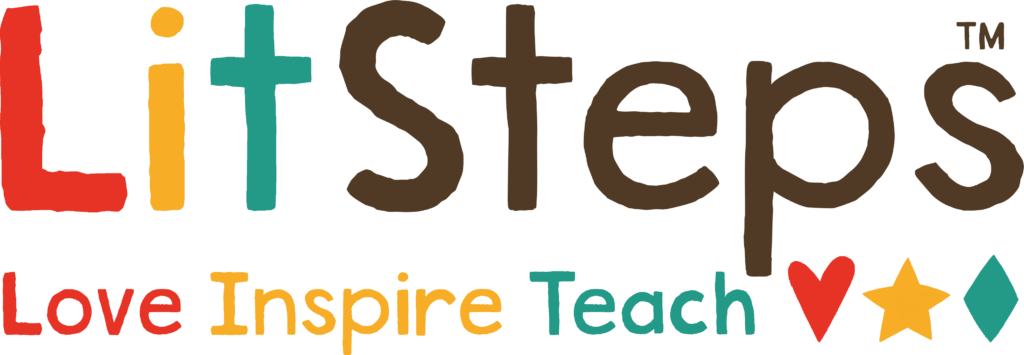
Inspire

Inspiring Your Child
A spark of inspiration.
Inspiration strikes. We get flashes of inspiration. Our best ideas begin with a spark of inspiration.
We seek inspiration to motivate us. And put inspirational quotes up to remind us to keep going. We turn to social media, TED talks, or YouTube videos when we lack inspiration.
We may even be fortunate enough to find mentors. These are people in our lives who are generous enough to share their insights and help us navigate challenges. This is who you can be for your child. A source of inspiration. The person who sparks their imagination and encourages them to use that inspiration to enrich their lives.
Why inspiration is essential to learning.
There is a strong correlation between inspiration and the motivation to learn. Finding a way to ignite your child's interest in the learning process is essential.
Finding Inspiration...
Stories
Look for inspirational moments or characters in the stories you read with together. Point out life-changing events in the movies you watch. Tell your child inspirational stories about characters or people you admire. You and your child are the main characters in your stories. Recall the big moments in your own lives.
Family
Stories about people overcoming challenges or beating the odds are inspirational. Chances are you have family members or friends who would love to share those stories with your child. Schedule visits or video calls with those loved ones. You can even ask them to read inspirational picture books to your child. These people are your child's first mentors. What do you want your child to learn from them?
Nature
Spend time with your child outdoors. Go for on a nature walk. Look up at the sky on a starry night, or stare up at the clouds on a fair-weather day. Sit on a park bench to watch the squirrels and birds. Take your child on a scavenger hunt; look for different types of leaves, or bugs, or flowers. These are all new experiences for your child. Try to see the world through their eyes. You never know what will spark your child's interest.
Creative Pursuits
Children are uninhibited when it comes to making things. Let them make something out of nothing. Building with lego, painting flowers, scribble drawing, molding play dough. These are all hands-on activities children enjoy. These tactile experiences are important. All children learn differently. A box of crayons and a sheet of paper may be just the inspiration they need.
Imagination
Imaginative play is an excellent way to learn what inspires your child. Listen to them during play time. Are they retelling fairy tales? Are their stories about animals? Are dinosaurs raoming the earth? Maybe they're recreating their own lives. They are the teacher, the cook, or the driver. Play with them. Let them tell you their stories.
A LitSteps approach to finding inspiration:
Finding inspiration through literacy-based activities.
Favorite Books- Help your child identify the things they find inspiring about stories and characters they love. How are their favorite characters inspirational? Are they always willing to help? Are they able to laugh at themselves? Does the story take place in a setting your child connects with? Get to the heart of the reason they enjoy those books more than others.
Poetry- There are many wonderful children's poets. Begin with short poems your child can memorize and recite. They find it endlessly humorous when adults get the words wrong and need correcting. Give it a try!
Songs- Sing and dance to your child's favorite songs. Take turns making up silly dance moves the other person has to copy. Just make sure you have a soft place to land when you both collapse in fits of giggles!
Retelling- Try taking turns retelling a story your child knows well from memory. Change the order of events. Ask your child for help. Or ask a series of sequencing questions to break the story into parts. What happened first? What happened next? And then waht happened? How did the story end?
Creating- Crafts, drawing and naming shapes, tracing the letters of their name, making up stories that you write down for them are all excellent ways of building storytelling and communication skills.


